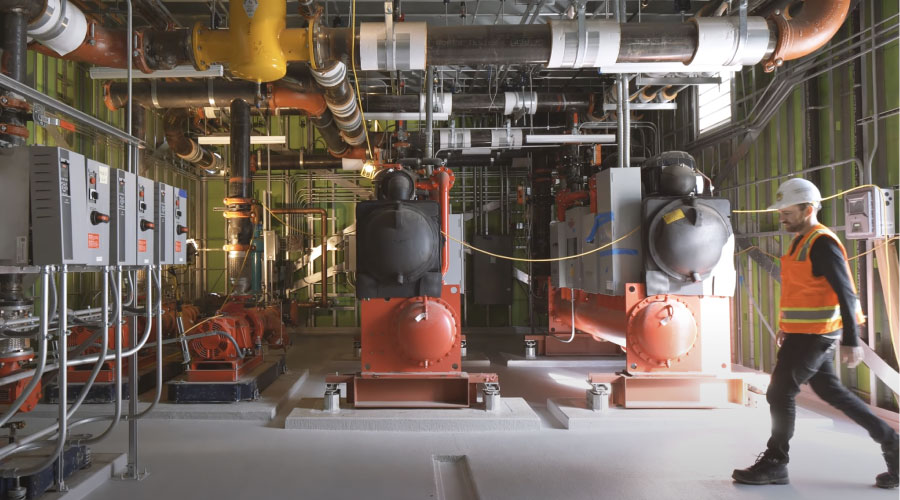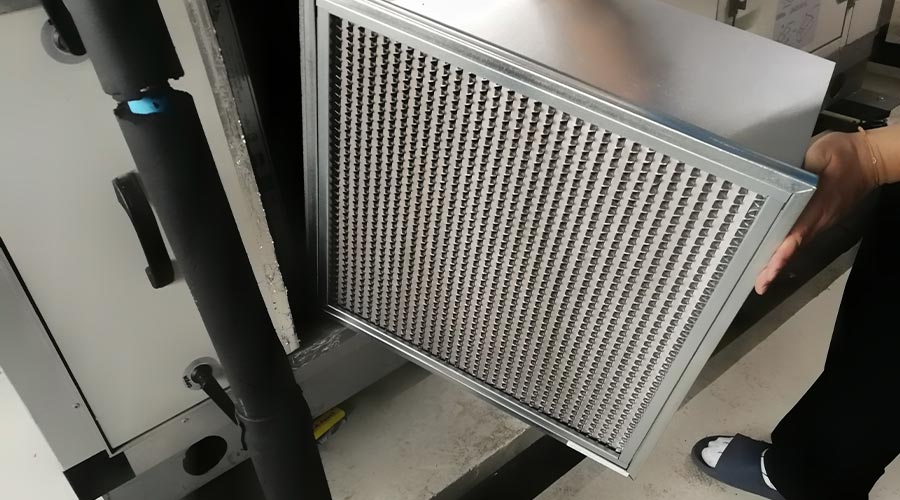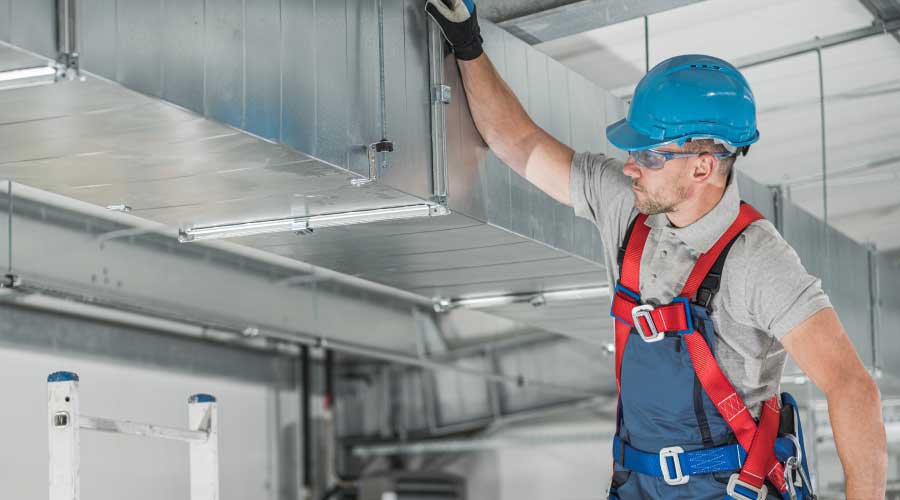Technology: Everything Old — And Improved — Is New Again
Technology moves quickly in institutional and commercial facilities, and maintenance and engineering managers need to keep pace. But because facilities often focus on the newest technologies, many managers don't see the opportunities existing technologies — especially those that have undergone significant changes — can offer.
Advances related to two such technologies — circuit-level monitoring and in-duct humidification — offer managers opportunities to bring greater efficiency and savings to facilities. Both technologies have existed for a long time, but many managers haven't paid attention to either of them, largely for reasons related to cost and maintenance.
Advances in wireless technology have led to more widespread use of circuit-level monitoring because it became much less expensive to install. Facilities have used in-duct humidification, but it was always subject to maintenance problems. That issue has been resolved. Through innovative design and implementation and increased building control, managers will be able to more effectively maintain in-duct humidification systems.
Taking a Closer Look
Circuit-level monitoring is not a new technology, but in the past, the systems required a great deal of infrastructure to operate properly, and installations were generally cost-prohibitive. Facilities had to install current transformers or voltage transformers, as well as wiring to the head-end equipment to process the information. Managers had to plan outages to install the monitoring equipment.
The high cost and disruption to the facilities made the technology unworkable in many applications. The systems were cumbersome, and their costs generally outweighed the associated benefits.
But the technology's benefits can be huge. Knowing your equipment's electrical consumption can increase overall building efficiency because the closer monitoring of equipment leads to more reliable, higher-performing systems. Monitoring also can identify areas of wasted energy.
Once managers can determine the way facilities and systems use energy, they can develop and implement ways to improve facility operations and decrease operating costs.
Streamlining PM
Close monitoring of circuits also can help managers effectively streamline preventive maintenance (PM). Monitoring technology can constantly measure equipment and motor loads to look for variations from the norm. It can identify problems before they result in failure, decreasing downtime and maintenance costs.
Most refrigeration equipment features temperature-monitoring technology, but technicians cannot use this reactive measure for PM because the alarm only sounds after a failure has occurred. This situation can be costly because the resulting emergency call requires a technician during off hours.
With circuit-level monitoring, technicians receive alerts about a problem with a compressor, for example, and can fix it before a unit fails, preventing any loss of product and allowing the department to address the matter in an efficient and cost-effective way.
Forensics for Failure
Technicians also can use monitoring forensically to analyze equipment failures. Understanding the reasons equipment failed enables technicians to correct the source of the problems, rather than simply address the symptoms. Having readings of the current and voltage immediately before a failure allows technicians to properly assess the reasons the equipment failed.
Related Topics:












